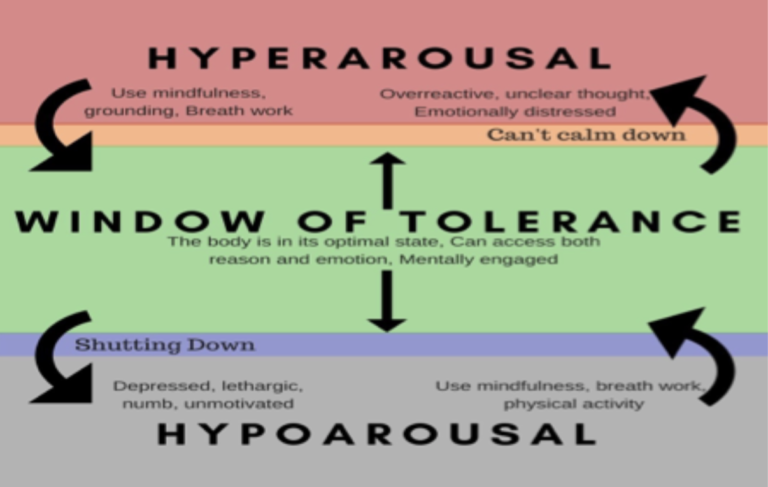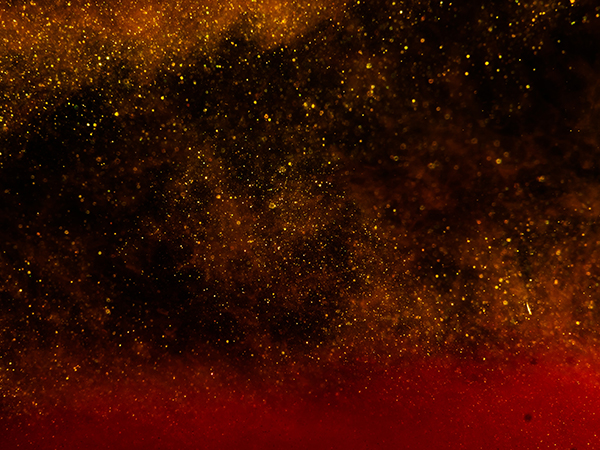Ben and the dust. ‘But he just won’t concentrate!’
How to get and maintain joint attention in your learner. This is the story of Ben, an autistic year 10 student who was a brilliant artist and observer of the world, who wouldn’t pay attention in geography lessons. In this blog and video, I’ll explain what was really going on for Ben and how we helped his teacher to get and maintain joint attention with him. Firstly, as I explain in this video, Ben and other children and young people like him, are paying attention. They are paying close attention in fact! Just not to the sorts of things teachers would like them to pay attention to.
To help Ben pay attention to what he was supposed to be learning, in this case, geography, the teacher, Mr Drake, needed to help him in 2 ways; firstly, he needed Ben to be calm and alert. This is the green area on the diagram below.

For him to be there and thus be able to concentrate Ben needed to be neither hyper aroused, which would cause him to be over excited and fidget or wonder round the classroom, nor hypo aroused, where he would drift off into his own, vivid and rather beautiful world inside his imagination. To make sure that Ben had optimum ‘calm/ alertness’ we created a sensory diet for him. This involved him having a series of simple exercises or tasks to do on his way to, or just before class to help him either calm or stimulate his sensory system.
I will put more information about this into future blogs, but as a rule, calming activities include ‘heavy work’ like walking slowly upstairs, or carrying a box of textbooks to another classroom. This stimulates the proprioceptive system, a sense which uses information gathered by our ligaments and tendons about our position and movement. Firm, deep pressure can help to lower arousal levels and therefore have a calming effect.
If you are working with a student who, like Ben in this geography lesson, was, is too down regulated, then you need to stimulate the vestibular system of centre or balance. This can be done by moving quickly on a flat surface, sliding, swinging, or even just making circles with your arms. For more information, I’ve included a long list of sensory play you can use in a classroom or at home to either up or down regulate your learner here (link).
‘An irresistible reason to attend.’
The second important way the geography teacher helped Ben was by giving him, what Gina Davies, the renowned Speech and Language Therapist calls ‘an irresistible reason to attend’. In Ben’s case, he needed something to look at, at the start of the lesson that would be more interesting that the dance of the dust particles. Luckily for Mr Drake, Ben was a huge comic book fan. Something that both he and his geography teacher had in common.
Mr Drake bought some bobble head characters of Marvel superhero’s and placed them strategically in different places each lesson, but always at the front of the classroom. He also started adding pictures of Avengers onto his PowerPoints and any worksheets he produced so that Ben had a reason to look. It became a sort of competition between them; Mr Drake would hide the superhero and Ben would see how quickly he could spot them.
This is a tried and tested technique. I mentioned it before in my blog here. When talking about Sophia and the dinosaurs. It works brilliantly when applied consistently and, we must accept that, just because we find igneous, sedimentary, and metamorphic rocks fascinating doesn’t mean it will automatically ignite the same pattern in our autistic learners.
I have 2 final points; what worked for Ben, will, in an adapted way, work for most other autistic learners. In fact, making sure your learners are calm and alert and that you have and can maintain joint attention, will almost certainly help all your learners

email me catrina@neuroteachers.com
call me 07879663714

